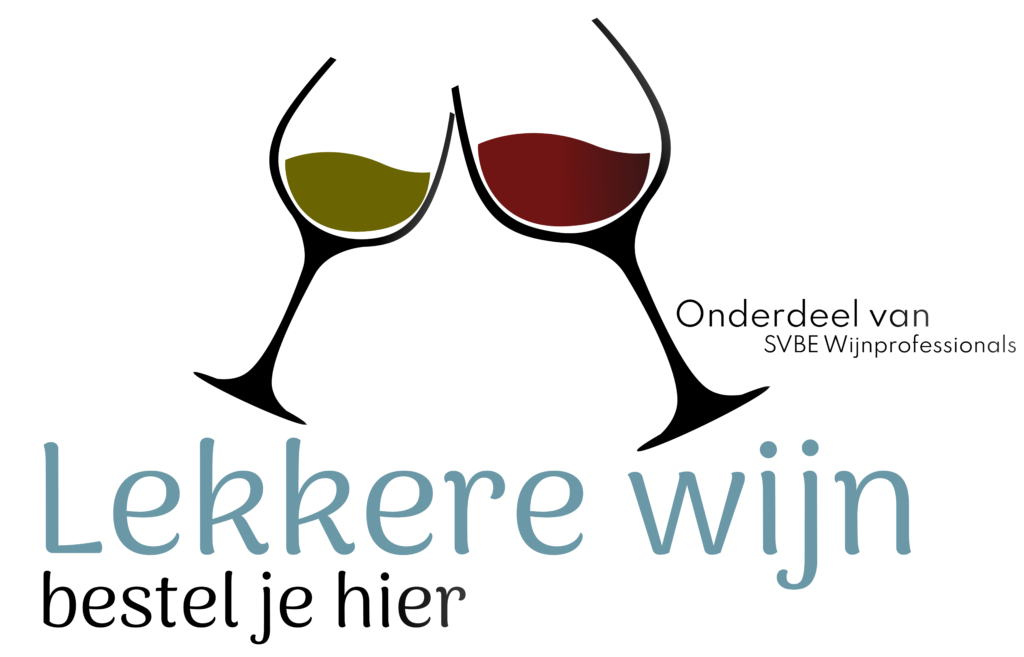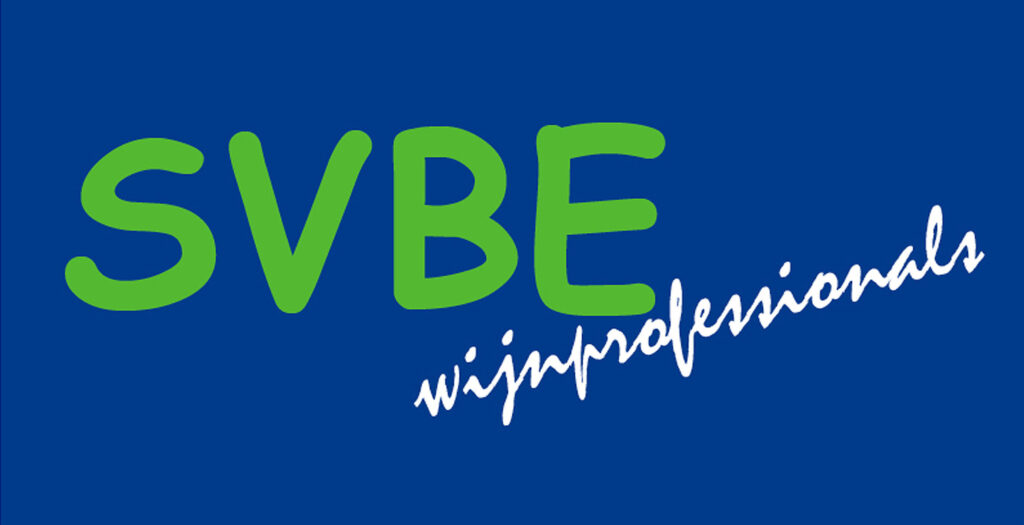The latest Radius Quarterly Report highlights upcoming trends in the alcohol market
The IWSR’s recently released Issue 29 of the Radius Quarterly Report unveils 15 predictions for the biggest trends of 2017. From the next hot cocktail destination (Athens), to sugar alternatives, to ‘Uberfication’ – Radius rounds up global insights in the beverage alcohol market.
One growing trend is ABV (alcohol by volume) polarization: from zero-alcohol alternatives to overproof spirits, alcohol content is becoming more and more varied. The rise in low- or no-alcohol content drinks comes partially from a consumer desire for healthier alternatives to alcohol. The balance between low ABV and high- quality taste has been a growing battlefield, with a number of craft beer producers, e.g. Brewdog and Innis & Gunn, adopting the zero- and low-alcohol model for some of their products.
AB InBev, currently the world’s largest brewer, has pledged that 20% of its portfolio will be no- or low-alcohol by 2025. Diageo’s investment in zero-alcohol spirit Seedlip is a clear indication in its belief that such a product can deliver volume. In contrast to this, bartender-led NPD is producing a flurry of overproof products. Last year saw multiple Navy Strength gins and overproof rums launched, designed to be mixed into punches or used as key cocktail components.
Tonic could be set to emerge from gin’s shadow in 2017, becoming the mixer of choice for other categories. Premium tonics have delivered impressive growth over the last 12 months, with brands such as Fever Tree reporting a 95% sales increase in 2016. Imbibers and bartenders are now pairing the bittersweet mixer with drinks including whisk(e)y, sherry, rum, tequila, mezcal, vermouth, brandy, port and madeira. Brown spirits are still seen as ‘unapproachable’ by many consumers; tonic could be a feasible entrance to the category for many consumers as it is both premium and familiar.
Another rapidly growing trend is the convenience-focused, on-demand approach to customer service. The success of Uber’s launch is testament to the fact that consumers are looking for simpler, more technology driven ways to access service. Diageo has partnered with UK delivery service Deliveroo to launch thebar.com, an on-demand alcohol delivery service in London, while delivery services such as Drizly, Thirstie and MiniBar have taken off in the US.
And as spicy flavors edge out sweet, consumer interest in low-sugar or sugar alternatives has made its way to cocktails and alcoholic beverages. Like dairy milk before it, Radius predicts 2017 will be the year that sugar alternatives such as agave, coconut sugar, carob syrup, maple syrup, honey and monk fruit are embraced by mainstream brands. Two German companies, Lotao and Kulau, are already marketing high-end coconut sugars positioned as gourmet additions to cocktails and food. And we expect liqueurs, mixers and RTD brands to follow suit.
But what will the substitute of choice be? Agave continues to appear on cocktail menus as a lower-calorie ingredient for adding sweetness. Southern California’s Café Gratitude offers a Skinny Margarita made with tequila blanco, lime juice, agave and a spicy salt rim. Carob syrup, long an ingredient for the classic Peruvian cocktail Algarrobina (made with a syrup of the same name), could be the next sugar alternative on the horizon.






